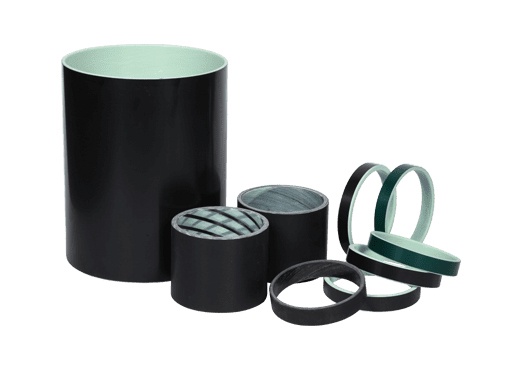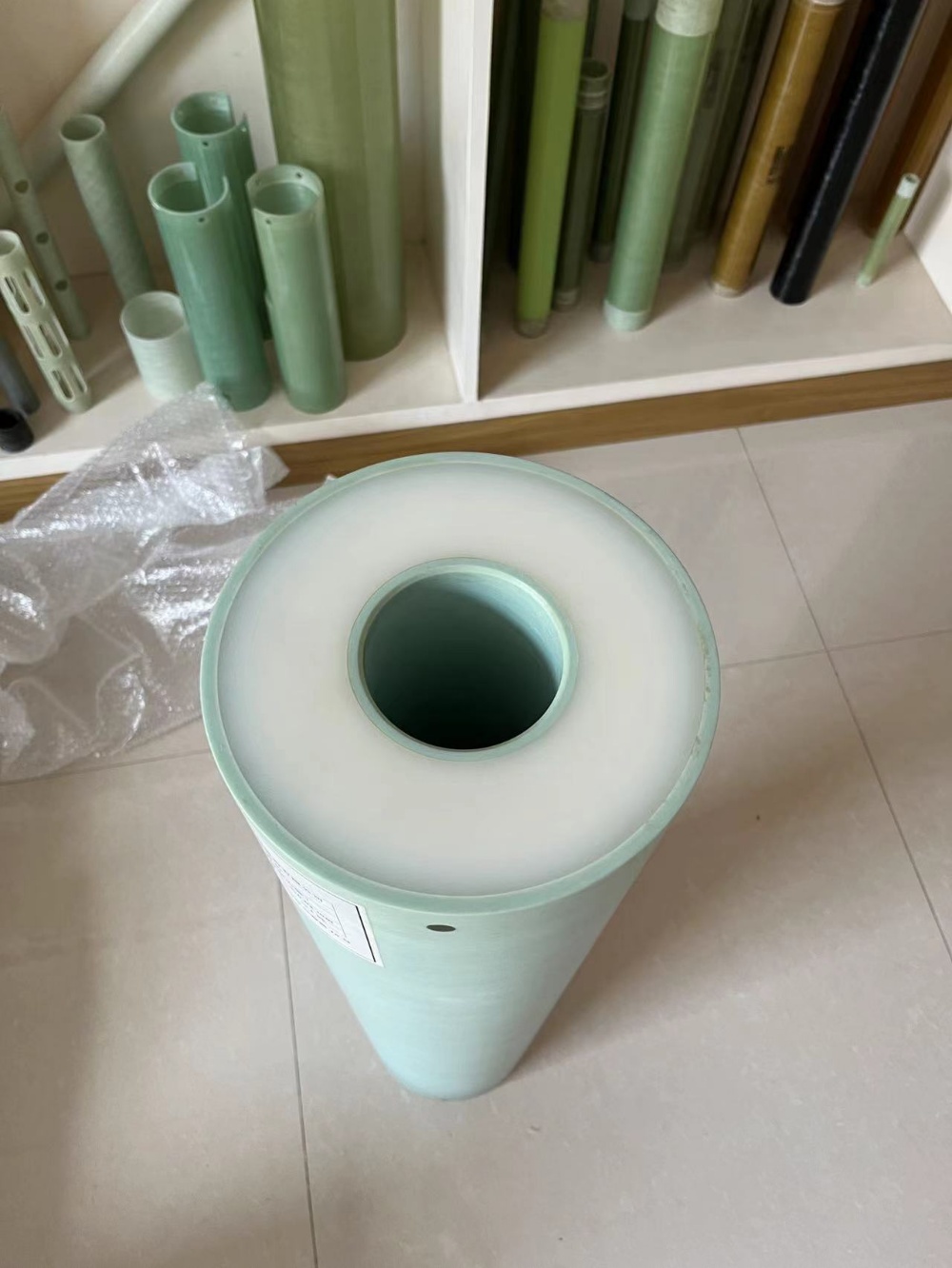The Ultimate FRP Tube Guide: Everything You Need to Know
Introduction
Definition of FRP tube
FRP (Fiber Reinforced Polymer) tubes are composite materials that combine plastic resins with fibers such as glass or carbon fibers to create a strong and durable product. These tubes are widely used in various industries due to their excellent mechanical performance, corrosion resistance, and low weight.
Advantages of FRP tube over traditional materials
Compared to traditional materials such as steel or concrete, FRP tubes have several advantages. Firstly, they are lighter in weight, which makes them easier to transport and install. Secondly, they are more resistant to corrosion, making them ideal for applications in environments that are harsh or corrosive. Lastly, FRP tubes have higher strength-to-weight ratios than traditional materials, allowing for increased load capacity and longer service life.

Common applications of FRP tube
FRP tubes are used in a variety of applications, including structural support systems, piping, electrical conduit, and sport equipment. They are commonly used in industries such as construction, aerospace, automotive, and marine applications.
Manufacturing process and types of FRP tube
Pultrusion process
The pultrusion process is commonly used to manufacture FRP tubes. In this process, fibers are pulled through a bath of liquid resin before being formed into a tube shape by passing them through a heated die. The resulting product has a uniform cross-sectional shape and high mechanical strength.
Filament winding process
The filament winding process involves wrapping continuous fibers around a mandrel in a specific pattern before being impregnated with resin. Once the fibers have been impregnated, the mandrel is removed, and the resulting tube is cured in an oven.
Types of FRP tube based on reinforcement
There are two types of FRP tube based on the type of reinforcement: glass fiber-reinforced polymer (GFRP) and carbon fiber-reinforced polymer (CFRP). GFRP is commonly used in structural applications where weight and cost are important factors. In contrast, CFRP is typically used in high-performance applications where strength and stiffness are critical.
Properties of FRP tube
Mechanical properties (e.g. strength, stiffness)
FRP tubes have excellent mechanical properties due to the combination of the polymer resin and fiber reinforcements. FRP tubes have high strength and stiffness, which allows them to carry high loads without failure.
Thermal properties
The thermal properties of FRP tubes depend on the type of resin used. Polyester and vinyl ester resins have limited temperature resistance, while epoxy resins have excellent thermal properties, making them ideal for high-temperature applications.
Chemical resistance
FRP tubes are highly resistant to corrosion and chemical degradation, making them ideal for use in harsh environments.
Electrical properties
FRP tubes have excellent electrical insulation properties, making them ideal for electrical conduit and other applications where electrical insulation is required.
Design considerations for FRP tube

Load and stress capacity
Designers must consider the anticipated loads and stresses when specifying FRP tube. Load capacity is influenced by various factors, including the strength of the reinforcing fibers, the thickness of the tube walls, and the type of resin used.
Environmental factors
Designers must also consider the environmental factors that the FRP tube will be exposed to over its intended lifespan. These factors may include temperature, humidity, and exposure to corrosive substances.
Joint connections
Joint connections between FRP tubes must be carefully designed to maintain the structural integrity of the overall system. The designer must consider the strength of the joint, the compatibility of materials used in the joint, and ease of installation.
Installation and maintenance of FRP tube
A. Guidelines for installation
Proper installation of FRP tubes is essential to ensure their proper functioning over their intended lifespan. Guidelines include proper handling, storage, and installation techniques.
B. Maintenance requirements
FRP tubes require minimal maintenance, but regular inspections are required to ensure their continued performance. Inspections should check for deformation, cracking, or other signs of damage.
C. Common issues and solutions
Common issues with FRP tubes include damage caused during installation or exposure to environmental factors. The most common solution is to repair or replace damaged tubes.
VI. Cost and availability of FRP tube
A. Comparison with traditional materials
The cost of FRP tube is generally higher than that of traditional materials such as steel or concrete. However, the increased performance and longer lifespan often result in overall cost savings.
B. Factors affecting cost
The factors affecting the cost of FRP tube include the type and quality of the fibers used, the type of resin used, and the manufacturing process.
C. Availability in the market
FRP tube is readily available in the market from various manufacturers worldwide.
VII. Conclusion
A. Recap of advantages of FRP tube
FRP tube provides excellent mechanical performance, corrosion resistance, and low weight, making them ideal for a wide range of applications across various industries.
B. Potential for future applications
As technology continues to advance, FRP tube is expected to find greater use in new applications and industries.
C. Final thoughts and recommendations.
FRP tube provides an excellent alternative to traditional materials, and its benefits have been well demonstrated in numerous applications. Designers should carefully consider the intended application and environment when specifying FRP tube to ensure optimal performance over its intended lifespan.

